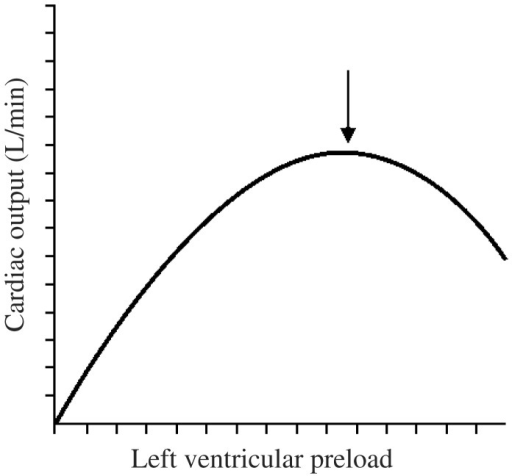Hi,
I was wondering if someone could help clarify these two terms for me? Why does Mitral Stenosis cause Left Atrial dilation while Aortic Stenosis cause Left Ventricle hypertrophy?
Thank you
I was wondering if someone could help clarify these two terms for me? Why does Mitral Stenosis cause Left Atrial dilation while Aortic Stenosis cause Left Ventricle hypertrophy?
Thank you

